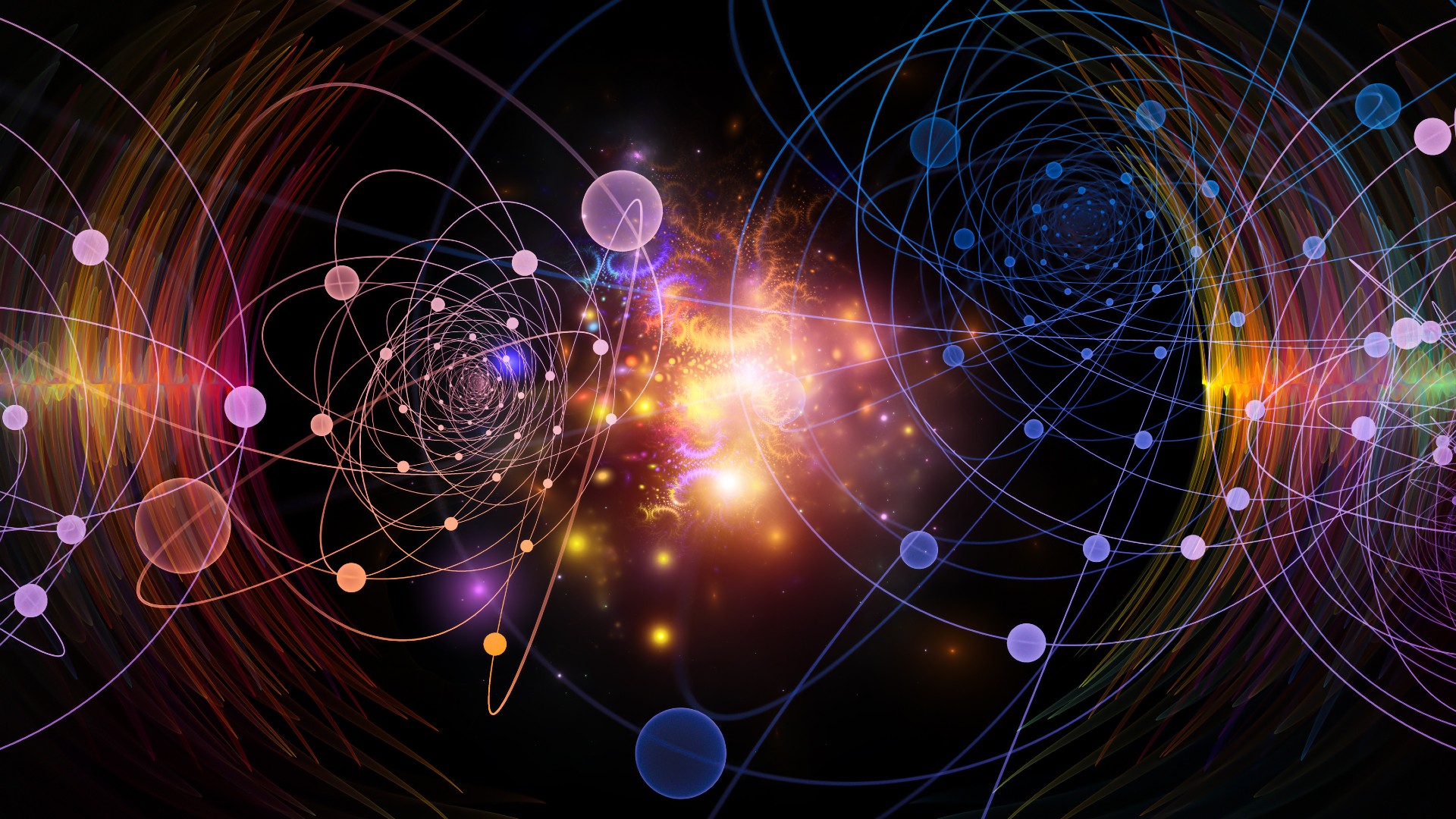Quantum chaos is an intricate dance of determinism and randomness, a mesmerizing display reminiscent of a kicked top, spiraling into disorder with each impulsive tap. In classical mechanics, the behavior of chaotic systems can often be intuitively grasped; however, when the veil of quantum mechanics is drawn, the deterministic elegance gives way to a rich tapestry of unpredictability. The subtle interplay between quantum mechanics and chaos theory serves as a compelling narrative that invites exploration. This discourse delves into the enigmatic phenomena associated with quantum chaos while examining the implications that arouse fascination among physicists and mathematicians alike.
To comprehend the essence of quantum chaos, one must first delineate the fundamental principles of quantum mechanics and classical chaos. Classical chaotic systems, governed by deterministic laws, exhibit sensitive dependence on initial conditions—this phenomenon is often analogized through the metaphor of the “butterfly effect,” where a trivial change can lead to radically divergent outcomes. Yet in the quantum domain, the situation shifts dramatically. Here, particles do not possess definite positions or velocities, but rather exist in a state of superposition, represented by a wave function. The quantum realm introduces probabilistic behaviors that intertwine beautifully with chaotic dynamics, creating a vivid narrative that defies classical intuition.
One of the quintessential systems exemplifying quantum chaos is the kicked top. Imagine a spinning top, delicately poised on a diagonal axis, which is periodically kicked at irregular intervals. The top, in its quantum state, demonstrates precession—a beautiful ballet of motion where the top’s angular momentum manifests itself in a series of rotational states. However, when subject to the random kicks, the system’s behavior shifts from a predictable pattern to a chaotic drift. The kicked top serves as a powerful metaphor: while we may expect the top to respond uniformly to each kick, quantum mechanics morphs this anticipation into a kaleidoscope of possible trajectories.
In the context of the kicked top, the kicks introduce quantum interference, a phenomenon leading to a bewildering matrix of pathways. The interference can constructively reinforce certain trajectories while destructively erasing others, resulting in unpredictable outcomes albeit within a bounded probabilistic framework. Hence, the frame of reference is not merely the top itself but encompasses the entirety of possible trajectories—each kick reverberating through the complex landscape of quantum states. This interplay of stability and chaos encapsulates the core concept of quantum chaos: the inherently unpredictable behavior that emerges from a deterministic framework.
Moreover, the significance of quantum chaos extends beyond the aesthetic beauty of spinning tops and probabilistic outcomes. It has profound implications in various fields, including quantum computing, quantum information, and even cosmology. The principles derived from examining chaotic systems in quantum mechanics can illuminate aspects of quantum entanglement—where the correlations between quantum states become pivotal. The chaos present in quantum systems may serve as a catalyst for exploring efficient quantum algorithms, whereby the disorder becomes a resource rather than a hindrance.
Several mathematical descriptors elucidate the nature of quantum chaos, one of which is the concept of the Lyapunov exponent. In classical systems, the Lyapunov exponent quantifies the rate of separation of infinitesimally close trajectories. Once applied in a quantum context, it unveils the sensitivity of quantum states to perturbations, describing how quantum information evolves over time. The interplay of quantum states and their chaotic behavior fosters a rich landscape of potential applications; researchers are delving into this territory, probing the potential utility of quantum chaos in advancing technologies such as secure communications and fault-tolerant quantum computation.
Additionally, the phenomenon of quantum tunneling offers another lens through which to examine chaos. This behavior allows particles to traverse potential barriers they would classically be unable to cross. In chaotic systems, tunneling can occur in intricate patterns, manifesting as a sort of quantum erraticism, providing insight into the relationship between energy landscapes and quantum chaos. Tunneling events sidestep traditional barriers, introducing a fluidity that yields expansive realms of possibilities in otherwise constrained systems.
As the exploration of quantum chaos continues to unfold, researchers are faced with fertile ground for inquiry. Complex systems theory interweaves with quantum mechanics, allowing scientists to investigate the underlying principles that govern the universe on both macro and quantum scales. The enigmatic nature of chaotic systems encourages further examination, bridging gaps between abstract mathematical constructs and tangible physical phenomena observed in the real world.
Ultimately, quantum chaos serves as a reminder of the universe’s complexity, intertwining the familiar with the unfathomable. The kicked top spins not only as a toy but as a portal to understanding the dynamic interplay of order and disorder—a paradox emblematic of both quantum mechanics and chaos theory. As physicists unravel the mysteries that lie within this fertile intersection, the implications could redefine our understanding of not only the quantum world but also the fundamental principles that govern reality itself. Bearing witness to this chaotic ballet, we are reminded that within the heart of disorder lies the potential for greater comprehension, forging a path toward new horizons in scientific inquiry.












